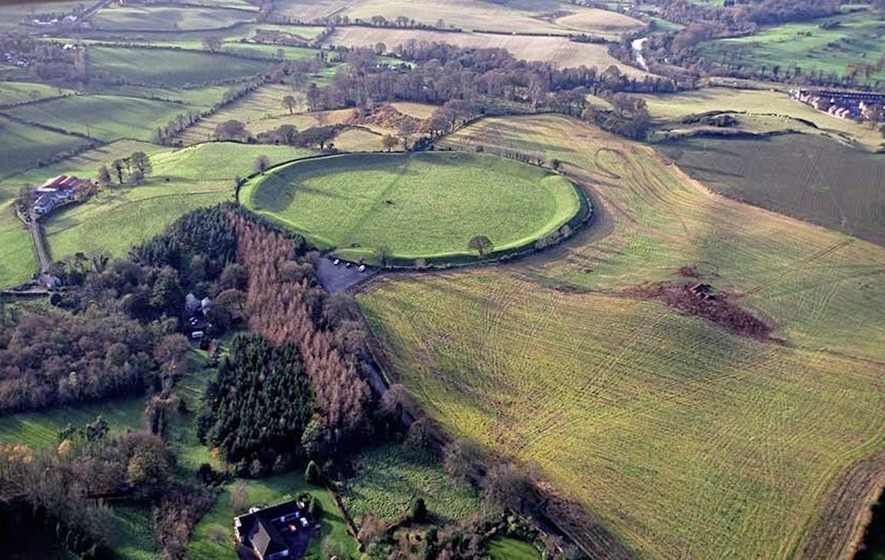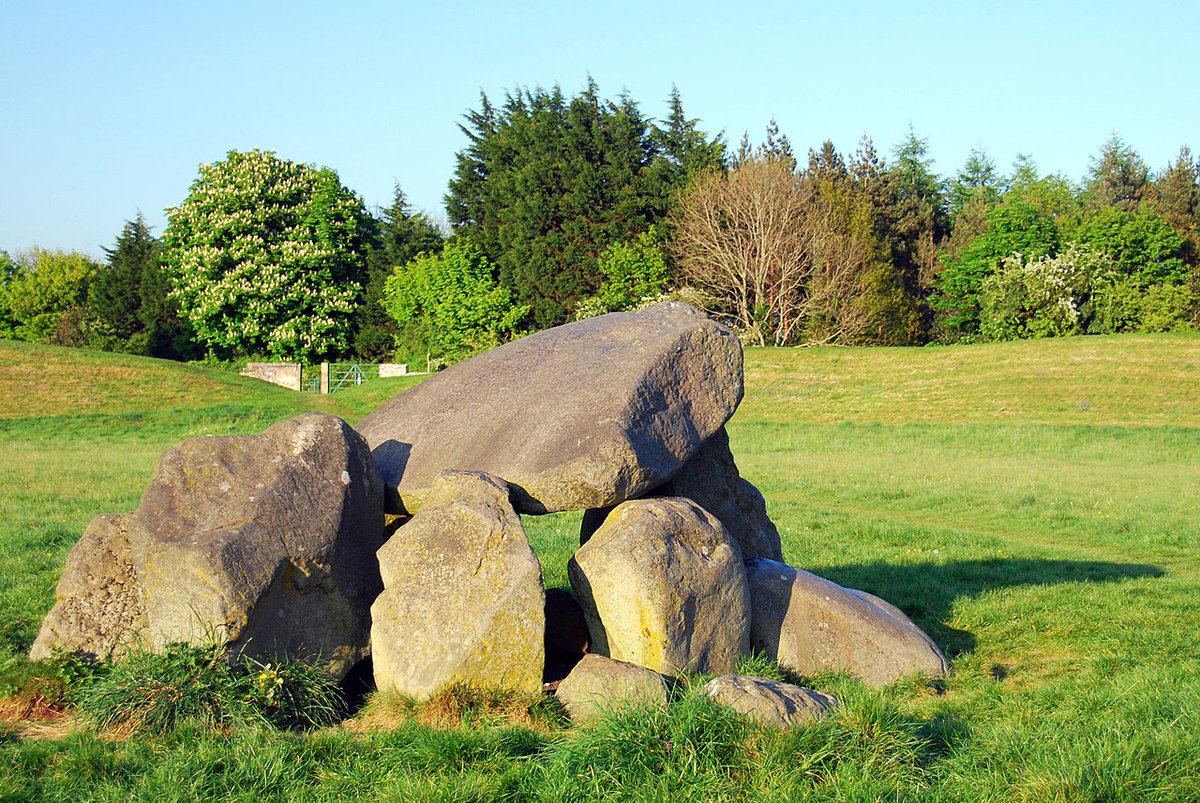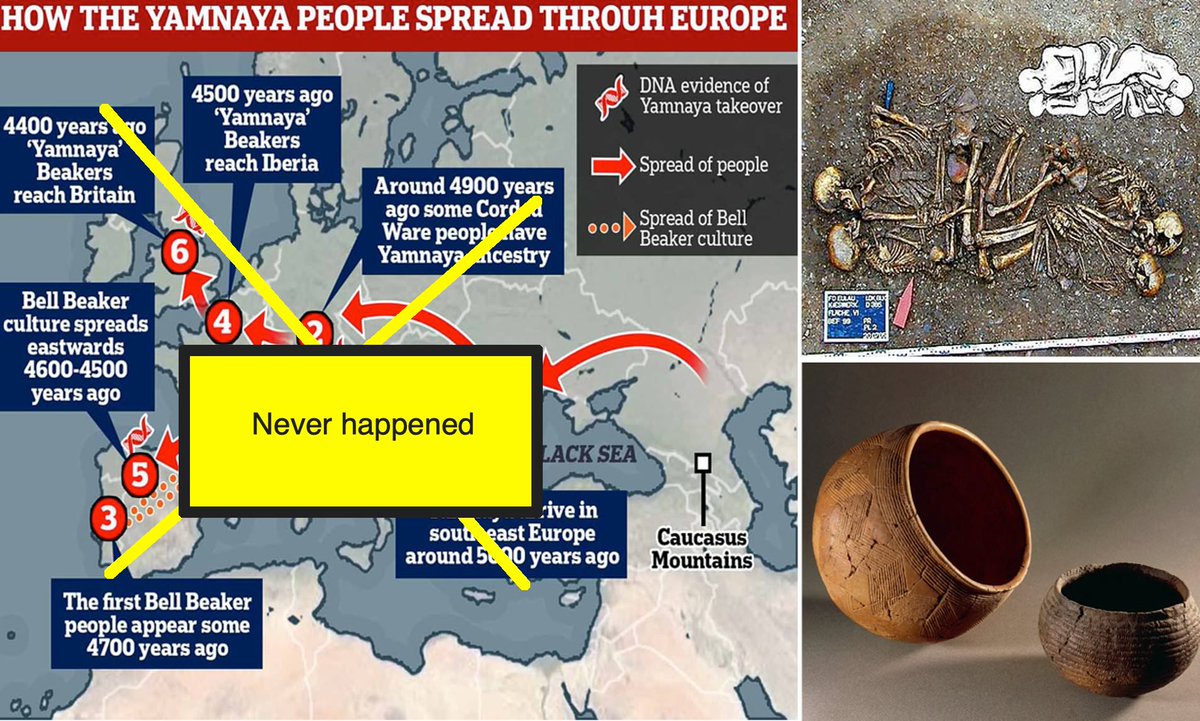
Thread: The bronze bands from the gates of Balawat, ancient city located near Nimrud. These gates were erected by Shalmaneser III (859-824 BCE), king of Assyria, and the scene depicts tribute being transported from Tyre to the mainland by means of small "hippoi", horse head boats 

The top bar shows tribute being transported from the island of Tyre to the mainland. Stevedores wade into the sea and pull the boats to the shore with ropes. The bottom bar shows porters carrying the tribute accompanied by Assyrian guards...
I already talked about potential cultural influence of these horse head boats on European culture in my post about Trojan horse. One theory is that the Trojan horse built by Greeks, was actually a horse head boat customarily used for transporting tributes oldeuropeanculture.blogspot.com/2020/06/trojan…
The reason why Phoenicians built horse head boats was to appease their Sea god Yamm who was obsessed with horses. Which is why Poseidon, who is just Yam with a fancy name, was also obsessed with horses...
Sea gods and horses? It's to do with climate and navigable season in the Eastern Mediterranean and how it overlaps with the mating season of horses. Check the above article...
Phoenicians were attributed with the invention of a "keel" (A large beam along the underside of a ship’s hull from bow to stern which gives the ship's structure its rigidity) and which makes it navigable in side winds... 

Canaanite/Phoenician ship, about which information is available, is the Late Bronze Age Uluburun shipwreck, dating to ca. 1400 BC. Uluburun wreck had a rudimentary keel in the form of a keel-plank, to which a garboard strakes were attached, to which in turn strakes were attached. 

Here is the ship structure with the central keel and the horse head stem invented by Phoenicians...Looks familiar to anyone? 
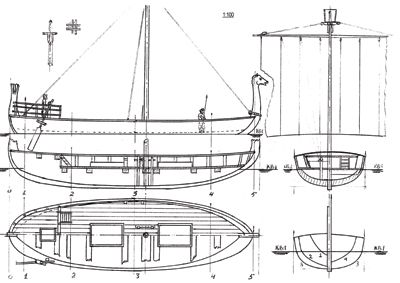
Here is the ship structure most people are more familiar with. Viking ship with central keel and dragon head stem...Not invented by Vikings as most people think...Just made better... 

Why am I talking about keels? The English word keel comes from Middle English kele, from Old Norse kjǫlr, from Proto-Germanic *keluz, from Proto-Indo-European *gewlos (“vessel; bowl”), from *gēw-, *gū- (“to bend; bow; vault; arch; curve; buckle”) en.wiktionary.org/wiki/keel
So I am not a ship builder, and was intrigued with the fact that a straight wooden beam would be called "a bow"...Until I came across this page about making a viking ship keel...So...Great site by the way, very much recommended vikingeskibsmuseet.dk/en/professions… 

So you can see that the keel is cut to be slightly curved. Also, the keel is then bent even more using weights like this 
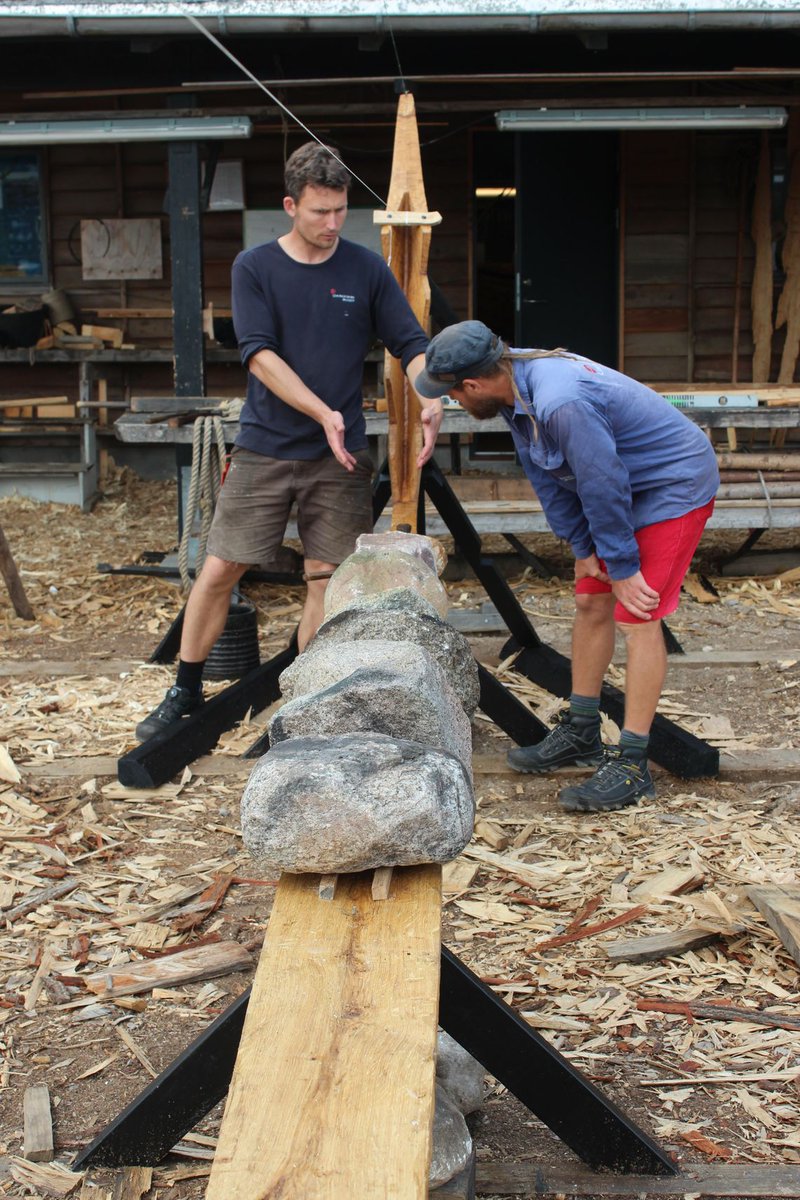
All of this is done so that you can seamlessly attach the keel to the stem and stern and maintain the curvature of the ship's bottom... 
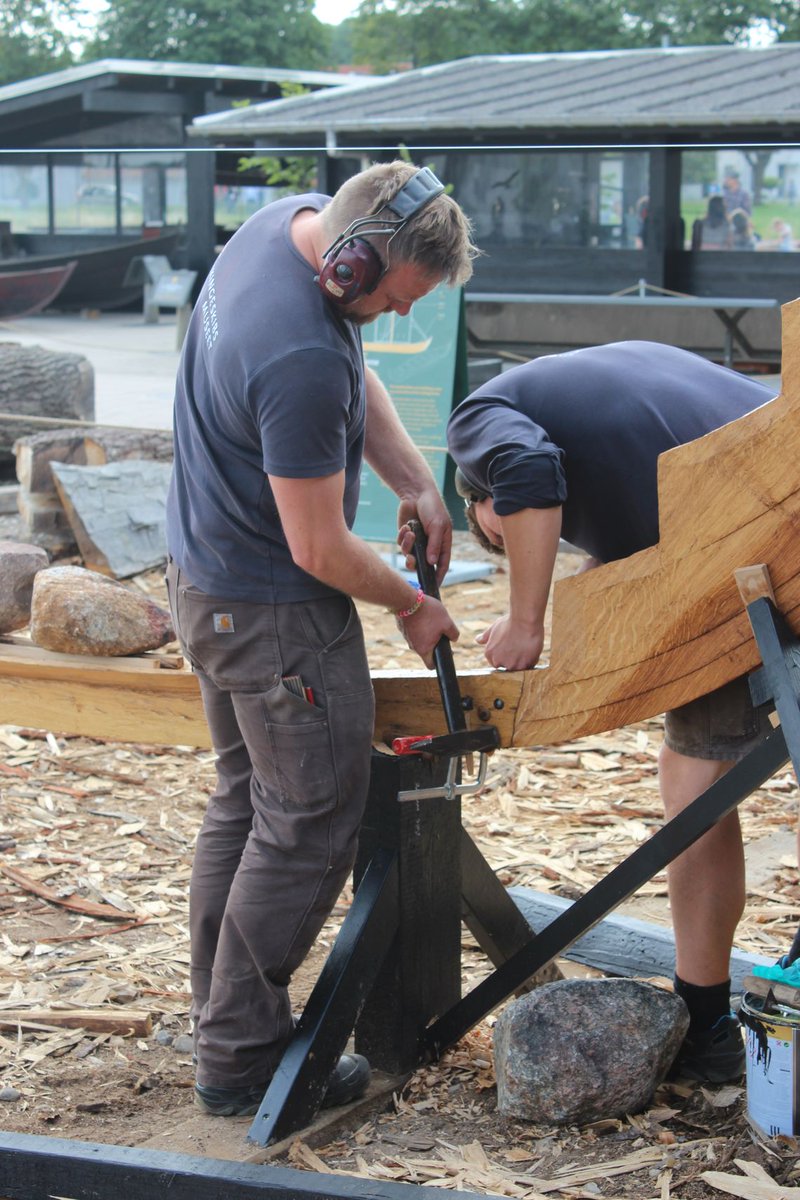
Once the stem and stern are connected to the keel, you end up with the bow shaped vessel structure...So I wonder if the word "keel" was originally applied to the whole "stem+keel+stern" bow like structure? 
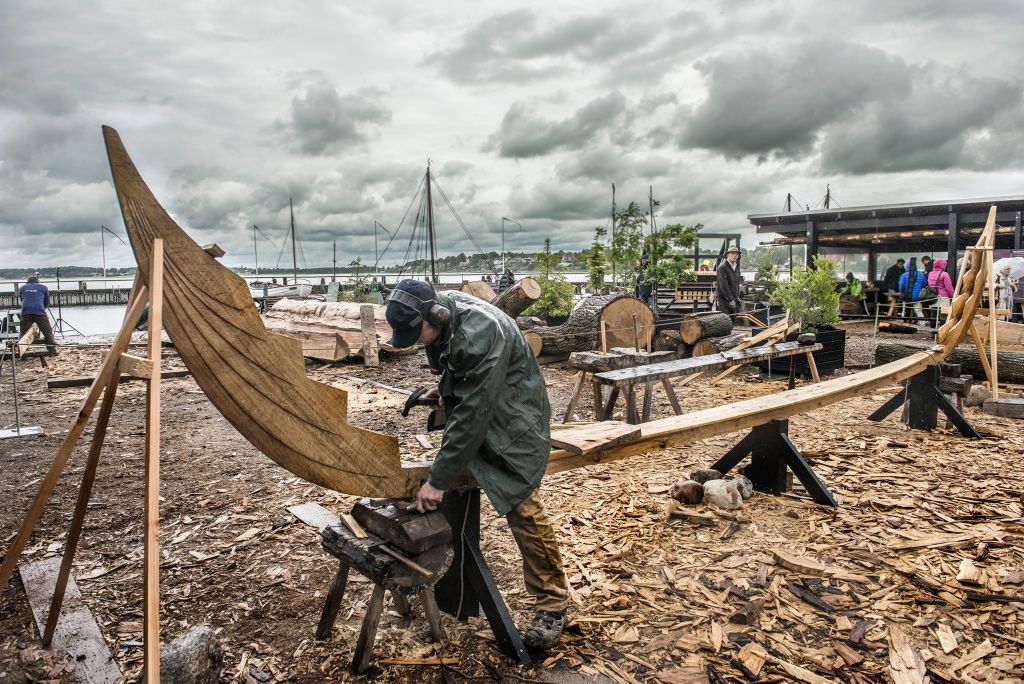
It is to the stem, the front part of the ship's "bow", that the head was attached, dragon head on Viking ships, horse head on Phoenician ships...This would make the stem+keel+stern bow look like the body of a dragon or a horse...Right? 

Here is a funny bit...In all Slavic languages, except Serbo-Croatian, the word for keel is some derivation of keel...It is obviously a borrowing from Germanic languages...However in Serbo-Croatian, the word for the keel is "kobilica" which means "a little mare, female horse"...
Why? I couldn't find any etymology for this word, or explanation why is the keel called basically a horse...Nor could I find any record of how old this word is...
So back to hippoi, the boats with horse headed stem+keel+stern "bows"
A total coincidence?
So back to hippoi, the boats with horse headed stem+keel+stern "bows"
A total coincidence?
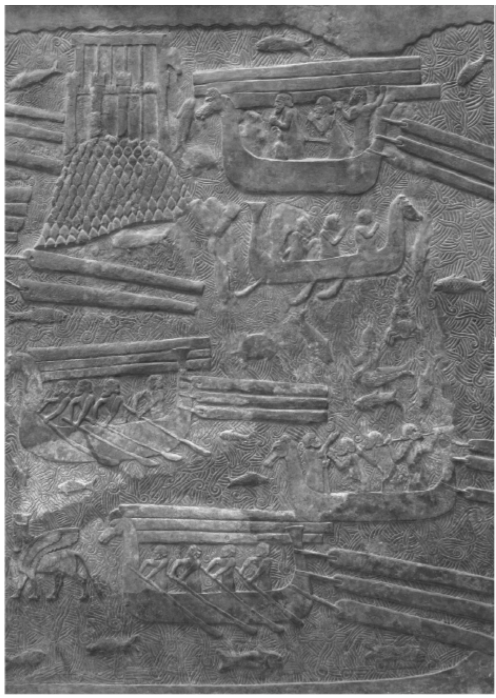
This is mount Kobilica, Kosovo...Se how it it is shaped like a saddle, which is shaped like a horse back, which is shaped like a ship...
I don't know...
But I learned a lot about ships...
I don't know...
But I learned a lot about ships...
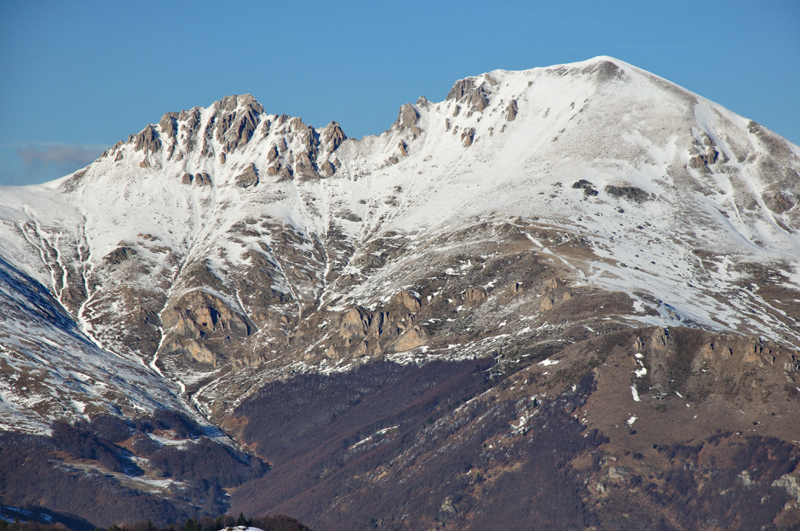
Some interesting links:
researchgate.net/publication/28…
uir.unisa.ac.za/handle/10500/1…
academia.edu/5667068/The_Ma…
researchgate.net/publication/28…
uir.unisa.ac.za/handle/10500/1…
academia.edu/5667068/The_Ma…
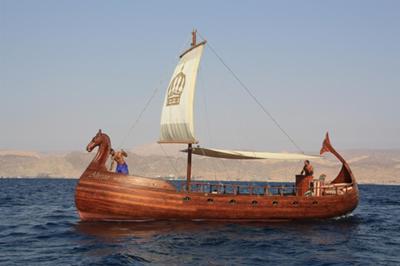
• • •
Missing some Tweet in this thread? You can try to
force a refresh

